Buckwheat White
$12.00 Original price was: $12.00.$8.40Current price is: $8.40.
- Shop with Ease
- Get Quality, Get More
- Your Security is Our Promise
- Your questions, our prompt answers.

White buckwheat, recognised for its versatility, serves as an excellent cover crop and green mulch for gardeners and growers. As a cover crop, white buckwheat effectively suppresses weeds with its dense growth, reducing competition for resources and promoting soil health. Its quick growth rate allows for rapid ground coverage, preventing soil erosion and improving soil structure. Furthermore, white buckwheat’s root system enriches the soil by enhancing nutrient availability and promoting microbial activity. Beyond its role as a cover crop, white buckwheat is utilised as green mulch, providing organic matter that can be tilled back into the soil to improve fertility and moisture retention.
Apart from its uses in enhancing soil quality, white buckwheat offers additional benefits. It attracts pollinators with its abundant nectar-rich flowers, supporting biodiversity and aiding in pollination for neighboring crops. The plant is also valued for its ability to suppress certain types of weeds through allelopathy, further contributing to weed control in the garden or agricultural fields. Additionally, white buckwheat can serve as a forage crop for livestock, providing a nutritious feed source. Harvested seeds can be ground into a flour for soba noodles, sprouted for a highly nutritious microgreen, brewed into tea and made into cookies.
Frost sensitive and prefers warmer soils so sow in late spring.
North Island: You can sow slightly later (April–early May) due to milder winters.
South Island: Aim for March–April to allow enough establishment before cold sets in.
| Size | 500 grams, 1 kilogram, 5 kilograms |
|---|


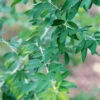
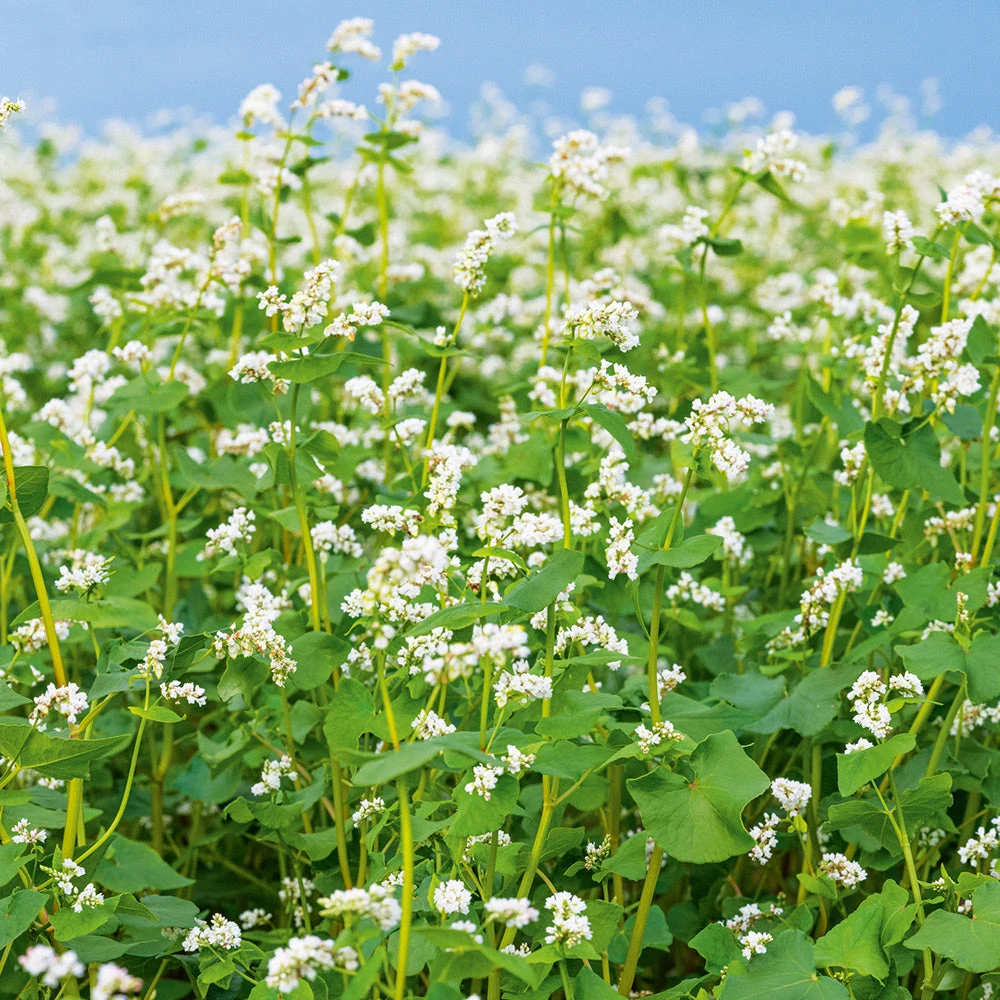

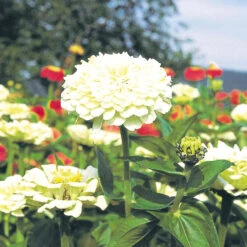



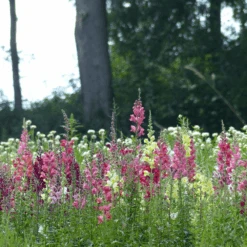


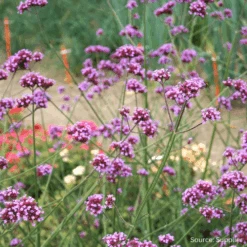
Reviews
There are no reviews yet.